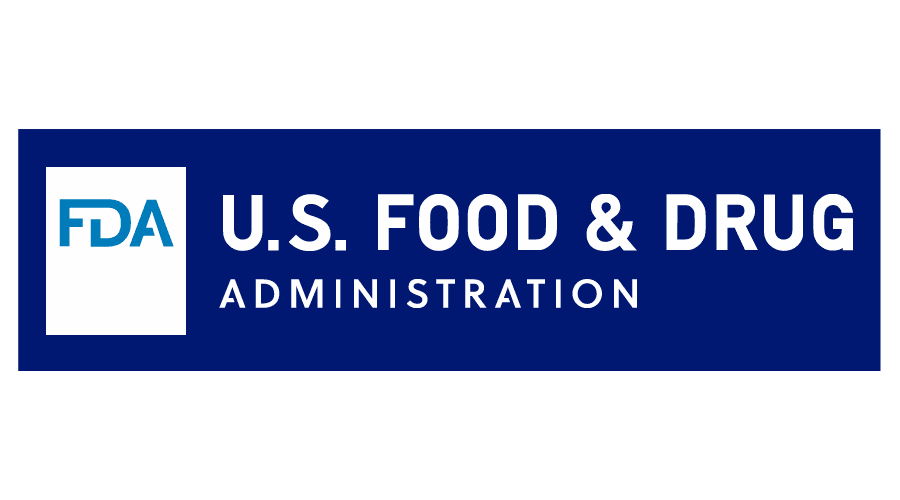
|
Earlier this year, a U.S. Food and Drug Administration (FDA) warning to consumers about certain powdered infant formula products led to a voluntary recall and to ceased production of those products at a particular facility. Because manufacturers in America typically produce 98% of the supply of infant formula produced for the U.S. market, the production and distribution gaps following the FDA action has led to the current shortage of infant formula and empty retail shelves. NACDS is proactively sharing the status of this shortage with members, given the potential public health and consumer impacts.
Yesterday, FDA took an important step to increase the availability of infant formula across the country, announcing a guidance that will temporarily allow manufacturers to import certain infant formula products into the U.S. market and for use of products that are manufactured in the U.S. but intended for the international market. The guidance indicates that FDA will exercise enforcement discretion on a case-by-case basis to allow the distribution of infant formula that is safe and nutritionally adequate, but that may not comply with all statutory and regulatory requirements. Additionally, the guidance outlines the factors that FDA will consider in making such determinations and the type of information that manufacturers should provide to FDA in support of this. These flexibilities will be in effect until November 14, 2022, after which time the agency will evaluate whether an extension is necessary. It is unclear if manufacturers who provide, and others in the supply chain who sell, the infant formula as permitted by the FDA under this enforcement discretion may be subject to any expanded legal liability.
FDA is encouraging infant formula manufacturers worldwide to take advantage of the flexibilities and urges companies seeking to take advantage of these flexibilities to submit information for the agency to quickly evaluate whether the product can be used safely and whether it provides adequate nutrition. For example, labeling, information on nutritional adequacy and safety testing, and information about facility inspection history. The agency intends to prioritize submissions for products that can demonstrate the safety and nutritional adequacy and have the largest volume of product available and/or those who can get product onto U.S. shelves the quickest. The FDA is already in discussions with some manufacturers and suppliers regarding additional supply.
FDA reports data from Information Resources Inc. (IRI) indicate that in-stock rates in retail stores are improving and the FDA’s actions are expected to continue to increase product availability. While some data-suppliers have reported lower in-stock rates, the most complete data sets available from IRI are showing nearly 80% in-stock rates at the week ending May 8. FDA’s best current assessment is that with all of the current actions, including the guidance announced yesterday, and the potential for the affected facility to safely resume production in the near-term, the supply of infant formula will continue to improve over the next couple of months.
Additional Information: